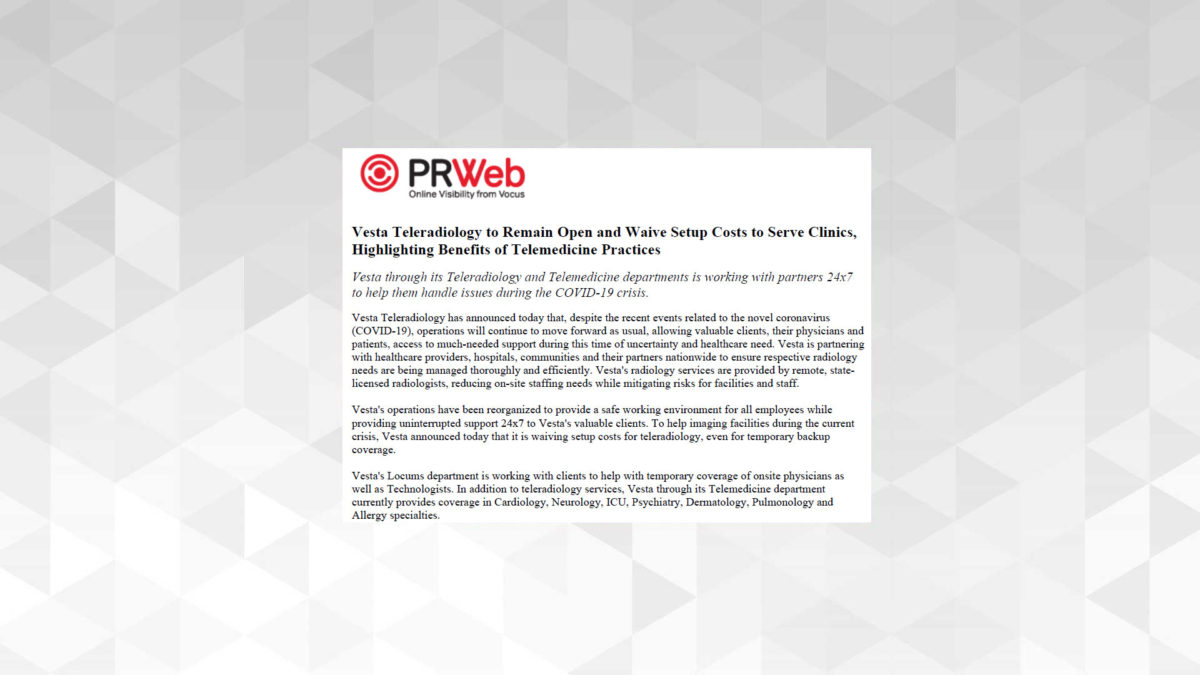Providing the highest quality of patient care remains a primary goal for most doctors and medical professionals. That’s why technologies that allow virtual options are used more and more throughout the healthcare industry. A 2021 research study by Pew Research Center revealed 93% of Americans use the Internet in their homes, which shows the usefulness that virtual medical care for less serious patient needs can provide.
These technological advancements are available in more serious cases as well. Doctors and specialists no longer need to travel to the hospital to provide critical care with Tele-ICU.
What is Tele-ICU?
The American Journal of Medicine defines Tele-ICU, or Telemedicine Intensive Care Unit, as the remote delivery of clinical (critical) care services through audiovisual conferencing technology.” Through this system, doctors can monitor their patients from a distance, allowing them to track vital signs, review medical records, and communicate with the patient’s family. This helps doctors provide more personalized care to their patients and helps them make informed decisions about the patient’s care.
Tele-ICU also helps reduce the number of visits to the hospital, as the patient can be monitored remotely, reducing the risk of infection. Through telemedicine, doctors can be alerted faster of changes in the patient’s condition, allowing them to act quickly and appropriately. Tele-ICU provides better communication between doctors, nurses, and other healthcare providers, reducing miscommunications and allowing them to coordinate care more effectively.
5 Ways Telemedicine Benefits Doctors and Patients
So, why do we need tele-icu? Tele-ICU is an invaluable tool for providing better care for intensive care patients. Telemedicine as a whole is an altogether better experience for both the doctor and patients. It’s integrated into the overall care that medical providers give and in most cases is billed the same as a regular in-office visit. Here are five reasons why telemedicine is a beneficial resource:

- Telemedicine allows for more efficient communication between doctors and patients, eliminating the need for lengthy office visits.
- Telemedicine enables doctors to quickly and easily access medical records from any location, providing more accurate and up-to-date information to make treatment decisions.
- Telemedicine enables patients to connect with specialists all over the world, allowing them to access more specialized care.
- Telemedicine reduces healthcare costs by eliminating the need for travel, overnight stays, and the use of expensive medical equipment.
- Telemedicine helps to reduce the spread of infectious diseases by increasing the use of remote consultations and reducing the need for face-to-face contact.
Advanced Practice Providers
The National Library of Medicine published a study on utilizing advanced practice providers or APPs, to help aid in the current physician shortage by using advanced practice providers for tele-critical and Telehealth services. Yet, even as this solution could benefit several cities without many options for a critical care provider otherwise, as well as save lives, the acceptance of such a program is not as widespread as it could be.
The pandemic pushed remote critical care to the forefront in 2020. Looking toward the future, tele-icu is expected to grow once more medical staff and hospitals decide it is a helpful way to treat their patients.
Teleradiology Companies
Vesta services partners healthcare facilities and hospitals via remote radiology interpretations. Teleradiology helps unburden facilities from the shortage of radiologists as well as assist rural hospitals who may find it difficult to find staff. Learn more about our services and how we seamlessly integrate into your workflow. Contact us today.









